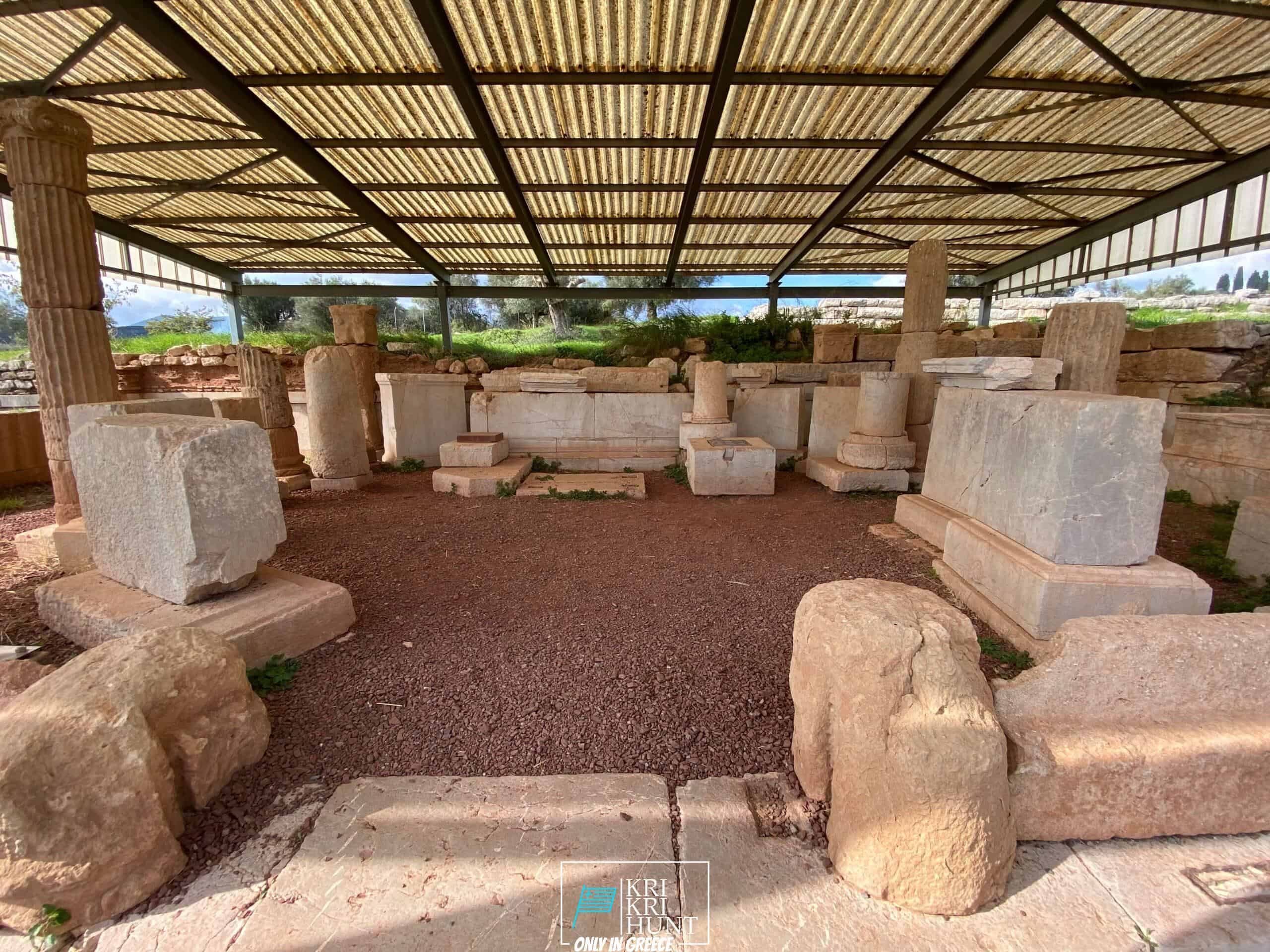Amazing outside experience with hunting and complimentary diving in Greece
Amazing outside experience with hunting and complimentary diving in Greece
Blog Article

To many people, The Peloponnese peninsula on the Greek Mainland is the 'real' Greece, where points have not altered a lot in all over the centuries despite the fact that lots of people have discovered it. If you are searching for an authentic Greek outdoor experience, look no more than the Peloponnese! Here you can diving and also searching on exotic islands as well as touring at the same time.

The hunt for kri-kri ibex on the island of Sapientza can be a tough and challenging one. The ibex live in tough, steep terrain with sharp, rugged rocks that can easily leave you without footwear after just 2 journeys there. Capturing a shotgun without optics can likewise be a challenge. The search is absolutely worth it for the opportunity to bag this marvelous animal.
On our Peloponnese tours, you'll reach experience all that this fantastic region needs to use. We'll take you on a tour of a few of one of the most stunning and also historic websites in all of Greece, consisting of ancient ruins, castles, and also a lot more. You'll likewise get to experience some of the standard Greek society firsthand by delighting in a few of the scrumptious food as well as a glass of wine that the region is recognized for. And naturally, no trip to Peloponnese would certainly be full without a dip in the gleaming Mediterranean Sea! Whether you're a knowledgeable seeker trying to find a new adventure or a novice tourist just aiming to explore Greece's spectacular landscape, our Peloponnese scenic tours are perfect for you. What are you waiting for? Book your journey today!
There is absolutely something for every person in the Peloponnese peninsula. Whether you want background as well as culture or nature and outdoor activities, this is an optimal destination for your next vacation. If you are short promptly, our searching and exploring Peloponnese Tours from Methoni is a wonderful means to see every little thing this impressive area has to offer.And finally, your Kri Kri ibex trophy is waiting on you.
What is the diference between Kri Kri ibex, Bezoar ibex and hybrid ibex
The kri-kri is not thought to be indigenous to Crete, most likely having been imported to the island during the time of the Minoan civilization. Nevertheless, it is found nowhere else and is therefore endemic to Crete. It was common throughout the Aegean but the peaks of the 8,000 ft (2,400 m) White Mountains of Western Crete are their last strongholds–particularly a series of almost vertical 3,000 ft (900 m) cliffs called ‘the Untrodden’—at the head of the Samaria Gorge. This mountain range, which hosts another 14 endemic animal species, is protected as a UNESCO Biosphere Reserve. In total, their range extends to the White Mountains, the Samaria National Forest and the islets of Dia, Thodorou, and Agii Pandes.
This Ibex is NOT a diminutive form of the Bezoar Ibex, which has migrated into the western-most reach of the range of this species. The kri – kri (Capra aegagrus cretica), sometimes called the Cretan goat, Agrimi, or Cretan Ibex, is a feral goat inhabiting the Eastern Mediterranean, previously considered a subspecies of wild goat. The kri-kri has a light brownish coat with a darker band around its neck. It has two horns that sweep back from the head. In the wild they are shy and avoid tourists, resting during the day. The animal can leap some distance or climb seemingly sheer cliffs.
“The agrimi goat Capra aegagrus cretica is unique to Crete and its offshore islands. It has been identi®ed as a sub-species of the wild bezoar goat Capra aegagrus aegagrus Erxleben, 1777, which it closely resembles in horn shape, body form and coloration. This classi®cation has been disputed by some researchers who claim that the agrimi are feral goats, derived from early domestic stock brought to the island by the ®rst Neolithic settlers. In order to clarify this issue, DNA analyses (cytochrome b and D loop sequences) were carried out on tissue of live and skeletonized agrimi and compared to sequences of wild and domestic caprines. Results conclusively show the agrimi to be a feral animal, that clades with domestic goats (Capra hircus) rather than with wild Asiatic bezoar. This study demonstrates that morphometric criteria do not necessarily re¯ect genetic af®nities, and that the taxonomic classi®cation of agrimi should be revised.”
Report this page